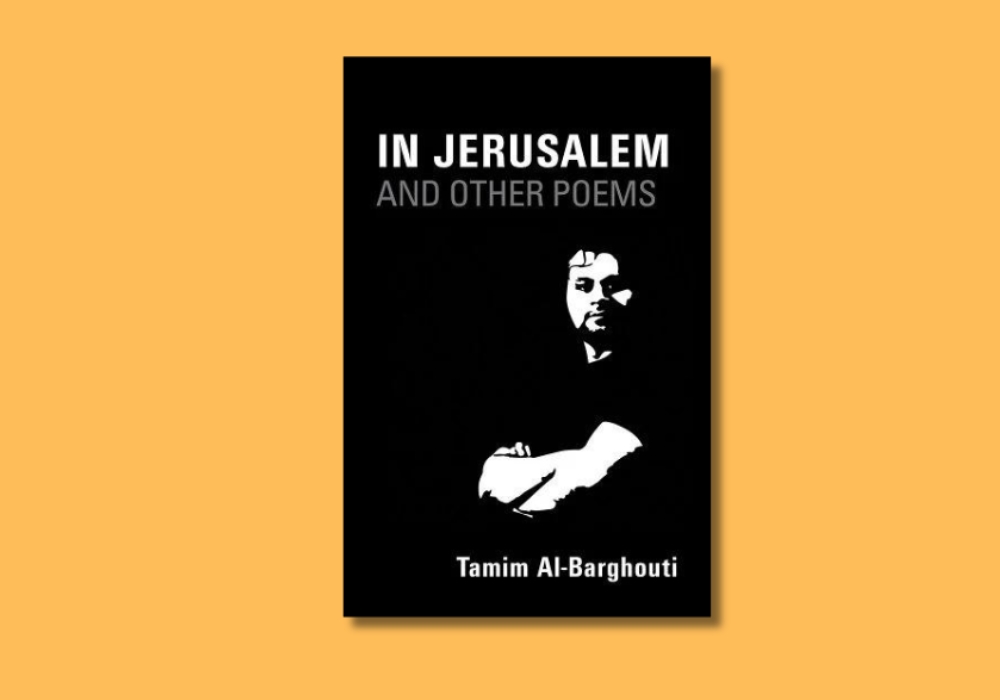We’re very pleased to bring you the first installment in this month’s book club, dedicated to Ryunosuke Akutagawa’s Mandarins. This month, discussion will be headed by Michael Orthofer, managing editor from the Complete Review and its Literary Saloon. We hope you’ll follow along and jump into the fray whenever you feel the urge!
Subsequent posts can be found here: a look at the titular story, Mandarins; the approach to storytelling in Evening Conversation; a conversation on the literary influences in The Handkerchief; a post on our understanding of Akutagawa through his various translations; a rumination on the posthumously-published The Life of a Fool and finally, a piece on Cogwheels—Editors.
I. Ryunosuke Akutagawa is one of those authors often associated only with a single work—in his case, the story (or, more specifically, the title) Rashomon. It is Kurosawa’s film that’s to blame for immortalizing the title, but outside of Japan that’s the one work that Akutagawa’s name has been tied to—even though the film is based on two of Akutagawa’s stories, with the other, In a Bamboo Grove, providing much more of the source-material. Penguin Classics brought out a collection of new translations (by Jay Rubin) of Akutagawa stories (with an introduction by Haruki Murakami) in 2006, and they opted for the familiar, titling the collection: Rashomon and 17 other Stories. The stories are also “arranged in chronological order according to the time of their setting rather than the order of their publication” there, conveniently allowing Rashomon and In a Bamboo Grove to be the first the reader encounters. The 2007 Archipelago Books collection, Mandarins, the book under discussion in this book group, manages to avoid both stories—and that seems a good place to start. Yes, mention of Rashomon (and In a Bamboo Grove) is unavoidable when bringing up Akutagawa, but it seems to me there’s a lot to be said for just moving right past them (and the near-overwhelming shadow cast by the Kurosawa film) and considering the rest of his work—or at least a solid sample thereof, as found in Mandarins. Charles De Wolf’s translation of fifteen stories includes several that are fairly well-known and have been translated before (notably the stories translated here as The Life of a Fool and Cogwheels, versions of which can also be found in the Penguin Classics volume), as well as three previously unavailable in English. In a brief afterword, De Wolf suggests that in the West Akutagawa’s name is: “most likely to be associated with those stories containing macabre or supernatural elements, with the theme of Rashomon, or simply with Japan’s oft-noted history of literary suicides” and he thinks Akutagawa probably suffers: “less from obscurity than from typecasting.” With this selection De Wolf hopes to allow for “a richer understanding and appreciation” of Akutagawa’s work. (The selection of stories here—why these and not others—is certainly one of the topics we could discuss over the coming weeks. Amazingly, nothing even close to a ‘Complete Akutagawa’ collection in English exists. Rubin lists ten English-language Akutagawa-antholgies in his translation of Rashomon, but there is considerable overlap among them and it certainly would appear that there is a lot left that is still inaccessible to English-speaking readers.)
II. So who was Ryunosuke Akutagawa? He was born in Tokyo in 1892, graduated from Tokyo Imperial University in 1916 with a degree in English literature (with a thesis on William Morris), worked briefly as a teacher but then was able to devote himself to writing full-time starting in 1919. Though fairly successful he appears to have been a somewhat tormented soul, from being worried about following in his mother’s footsteps (she lost her mind) to concerns about his writing, family, and much else. He committed suicide in 1927. For some online information about him, see: Last words by David Peace at The Guardian; Akutagawa at The Japanese Literature Home Page; Akutagawa at books and writers
III. So what are the book group plans? A story collection naturally lends itself to going through the book story by story, and certainly there are a few I’d like to focus on in particular, but I’m open to other approaches as well—from considering specific themes to Western influences, the whole insanity thing, or translation issues. Comments are particularly welcome, and I’m easily swayable as to what direction to go in. And I certainly hope those with more expertise or greater familiarity with Akutagawa will add their two cents. For those unsure of whether or not they want to play/read along, here also are links to some reviews available online (and, though coverage has been fairly limited, the reactions are certainly also something worth discussing once we’ve made our way through the book.): Asahi Shimbun; Bookforum; The Japan Times. We’ll start at the beginning, and see how it goes. Obviously, how active the discussion gets depends on how many of you get involved—the more the merrier, of course—but I do hope to keep us moving along by posting regularly. Twice a week sounds like something to shoot for. So: first up, by mid-week: What’s up with the title + a look at that title-story. (For those reading along: it’s just five pages!)










